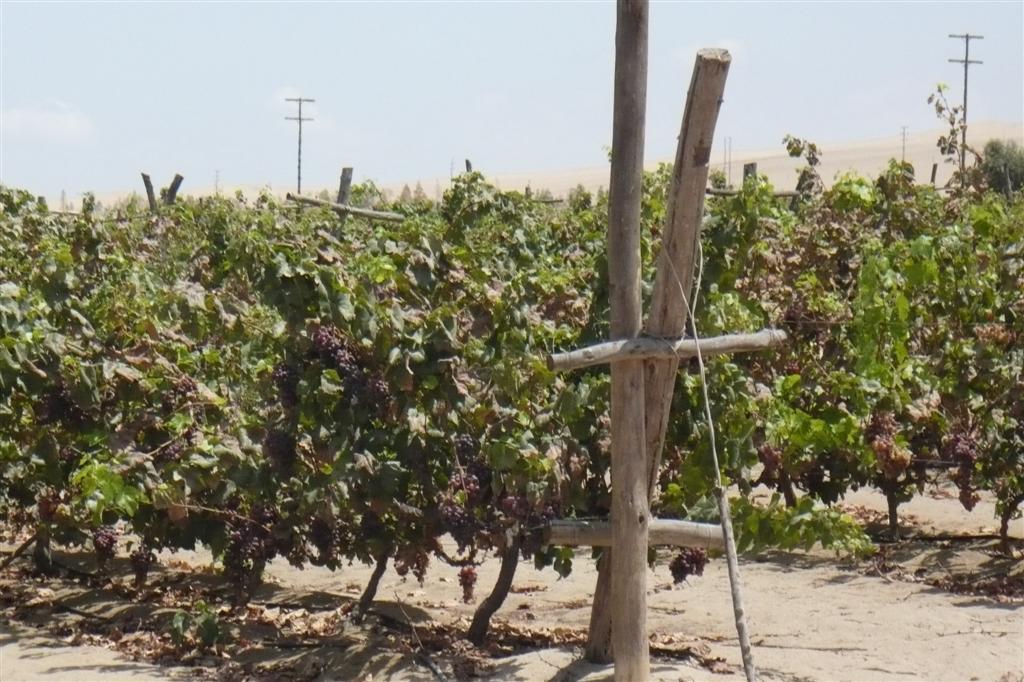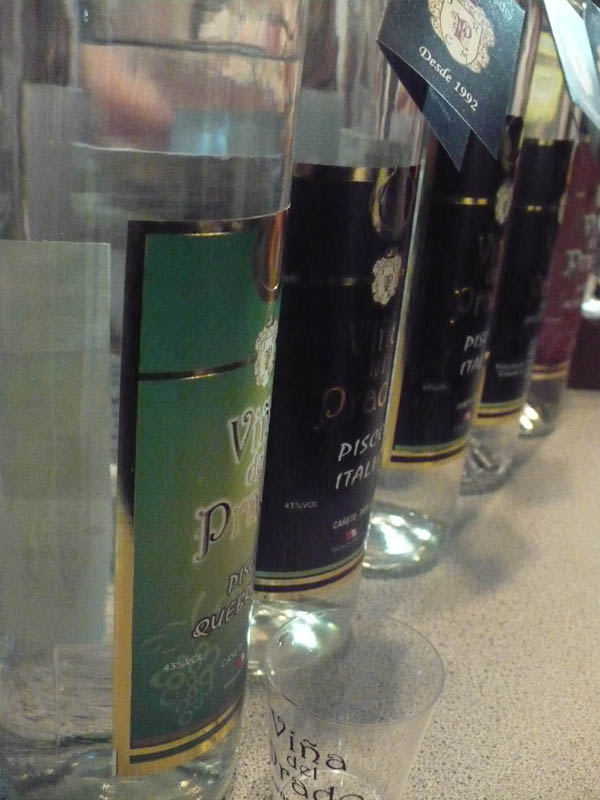The Lost Bank Exchange Painting
By Guillermo Toro-Lira
The Bank Exchange and Billiard Saloon of San Francisco, California, the place where the Pisco Punch was created, was cofounded in 1853 by John Meiggs, brother of Enrique, shortly before both brothers
emigrated to South America in order to contribute to the history of
Peruvian railways, as well as that of other countries.
by John Meiggs, brother of Enrique, shortly before both brothers
emigrated to South America in order to contribute to the history of
Peruvian railways, as well as that of other countries.
A few years later, the saloon passed into the hands of George Parker, an art connoisseur. He adorned the walls with oil paintings imported from Europe. Among these paintings there was a large one, of Sampson and Delilah, which later became an icon of the establishment.
During that period of time, the Bank Exchange was the meeting space for the most powerful people of the city. In fact, its name was derived from the fact that the first transactions of the stock exchange took place there. The Exchange raised the spirits of its patrons with a large amount of available drinks, among them Pisco (Figures 1, 2 and 3).
One of the regular visitors was a young reporter named Samuel Clemens,
who would later change his name to Mark Twain and would become one of
the most famous American writers (figure 4). Twain wrote an article for a
newspaper where he sarcastically described the scene of the painting. By Guillermo Toro-Lira
The Bank Exchange and Billiard Saloon of San Francisco, California, the place where the Pisco Punch was created, was cofounded in 1853
A few years later, the saloon passed into the hands of George Parker, an art connoisseur. He adorned the walls with oil paintings imported from Europe. Among these paintings there was a large one, of Sampson and Delilah, which later became an icon of the establishment.
During that period of time, the Bank Exchange was the meeting space for the most powerful people of the city. In fact, its name was derived from the fact that the first transactions of the stock exchange took place there. The Exchange raised the spirits of its patrons with a large amount of available drinks, among them Pisco (Figures 1, 2 and 3).
In 1876, the Saloon changed owners and the painting was sold. One of the devoted regular visitors purchased it (future senator Milton S. Latham) for the amount of $10,500, a considerable amount for this time period.
The history ended there, until this author found another clue in an article published in 1889 where it was indicated that the painting had passed into the hands of a man named Haquette, who hung it at his locale on Kearney Street (Figure 5).
Everything signaled that the painting had been destroyed during the fierce fire of 1906, since this street was totally destroyed. However, fortunately it was discovered that the painting was donated prior to the fire to a museum outside of the disaster zone.
After many inquiries, it was discovered that the museum sold the painting to an anonymous private collector, but not before a photo reproduction was taken, which we are proud to publish here for the first time (Figure 6). There is nothing better than to analyze the picture as Mark Twain did in his 1864 article, perhaps with a glass of good Pisco in his hand. Cheers!
You take a stranger into the Bank Exchange and show him the magnificent picture of Samson and Delilah, and what is the first object he notices? – Samson's fine face and flaming eye? or the noble beauty of his form? or the lovely, half-nude Delilah? Or the muscular Philistine behind Samson, who is furtively admiring her charms? Or the perfectly counterfeited folds of the rich drapery below her knees? Or the symmetry and truth to the nature of Samson's left foot? No, sir, the first thing that catches his eye is the scissors on the floor at Delilah's feet, and the first thing he says: "Them scissors is too modern – there warn't no scissors like that in them days, by a d--d sight!"
Translated by Katrina Heimark
Pisco bilingual magazine

 the pretext of a lunch under the warm Nice sun, like the gold colored
Guadalquivir River passing through the middle of the Seville Fair. It
was only that there, on the Costa Azul, no one
the pretext of a lunch under the warm Nice sun, like the gold colored
Guadalquivir River passing through the middle of the Seville Fair. It
was only that there, on the Costa Azul, no one